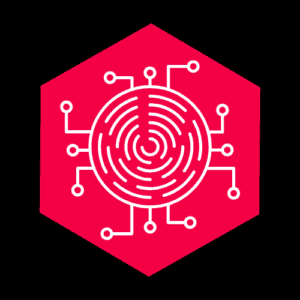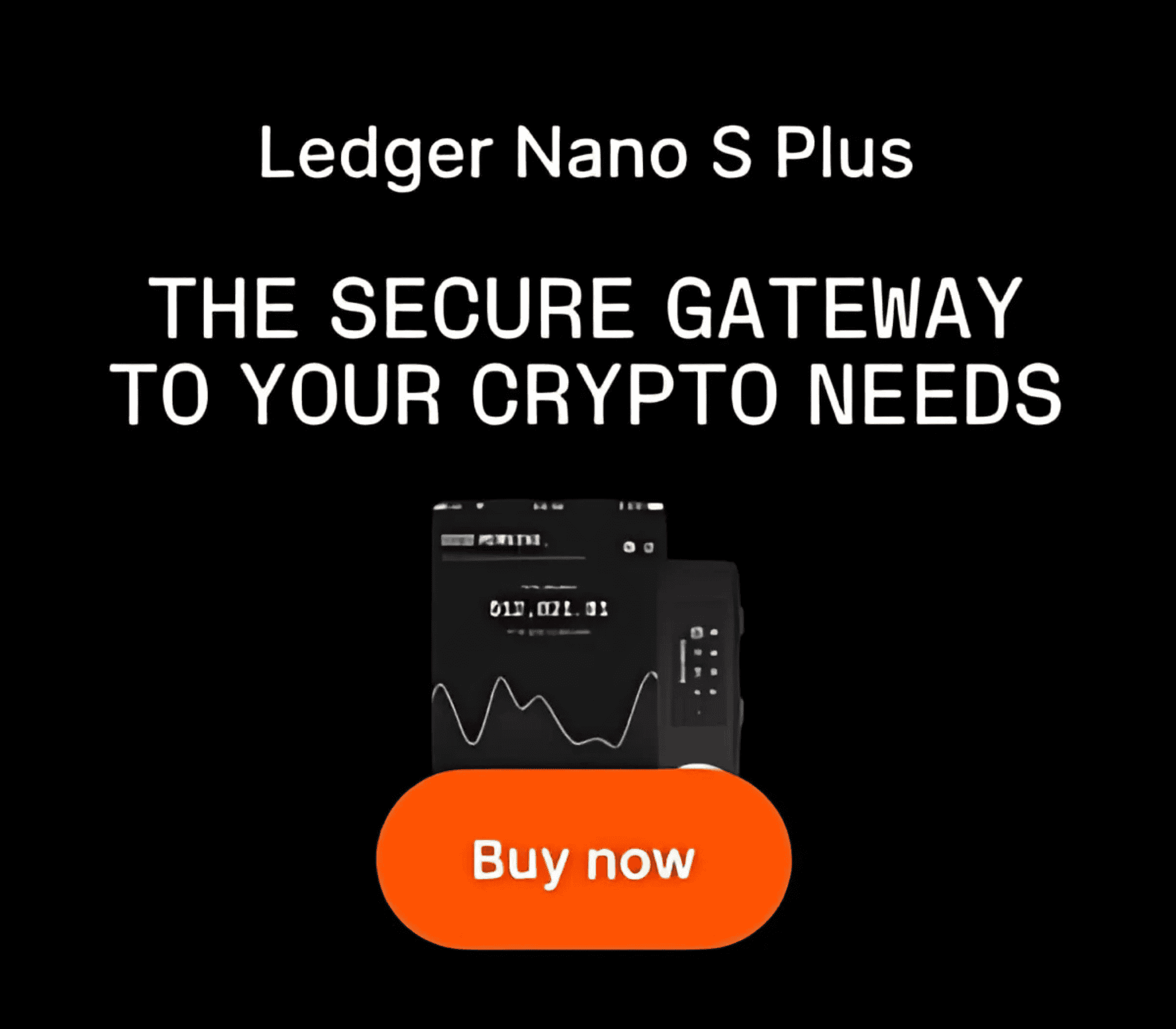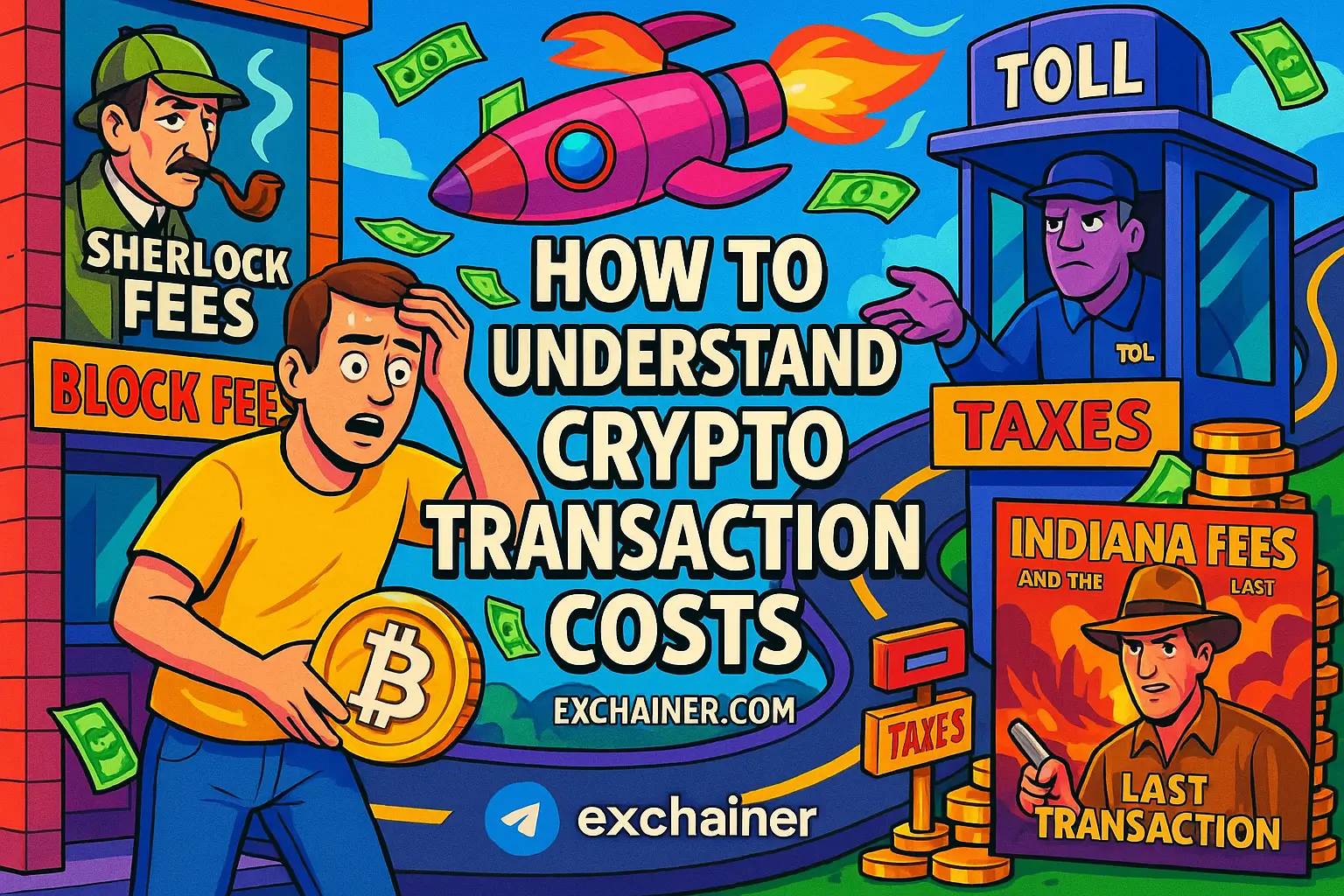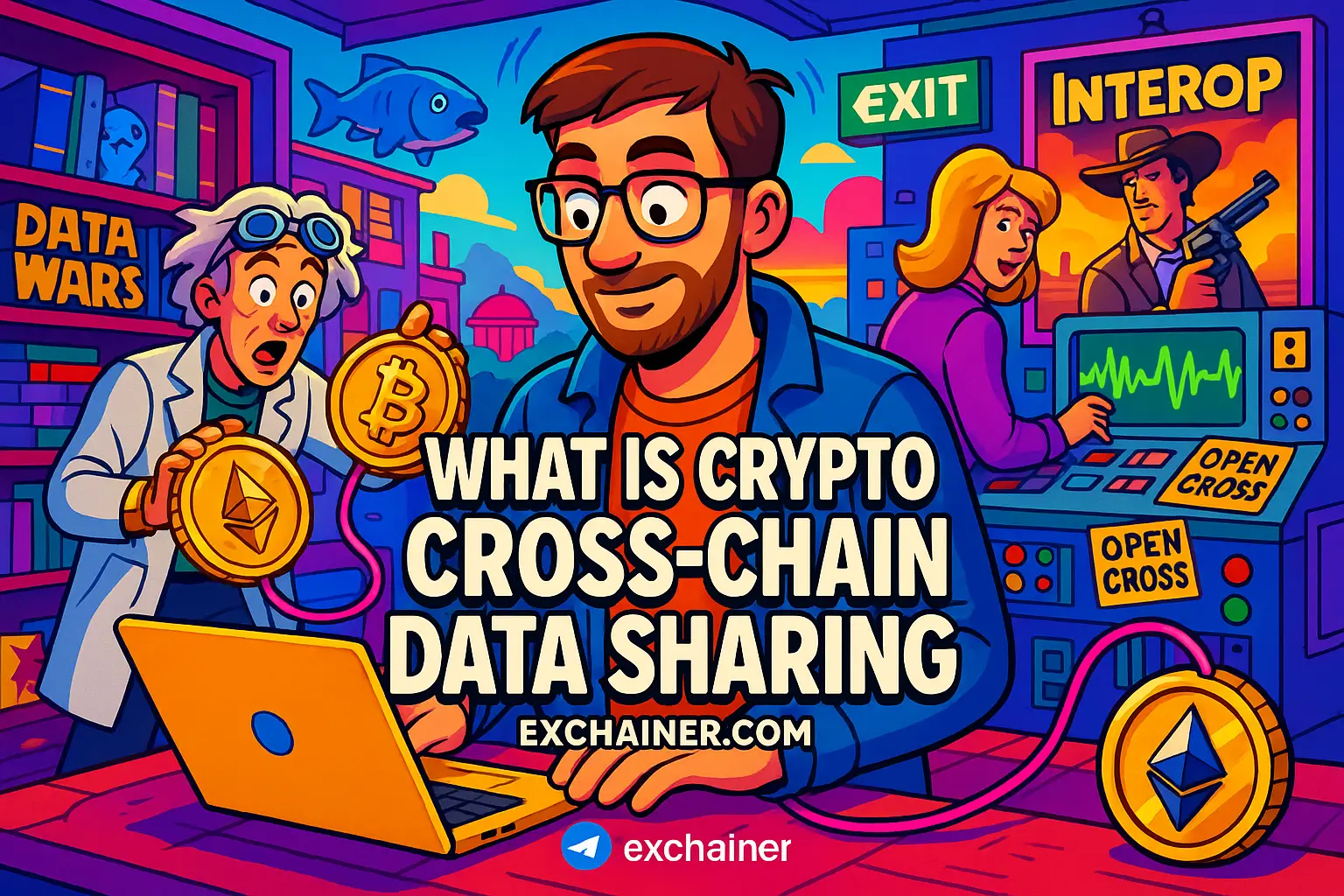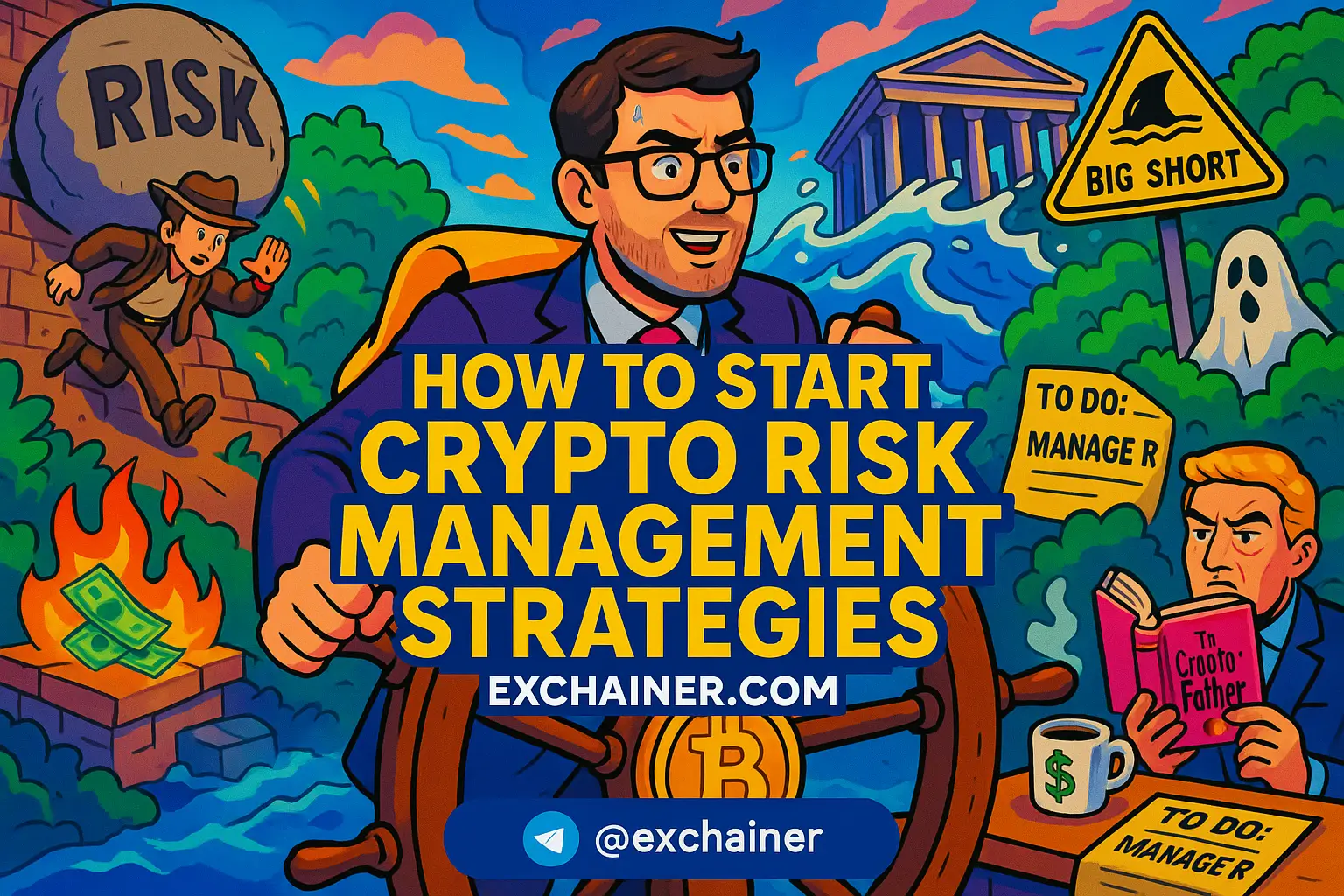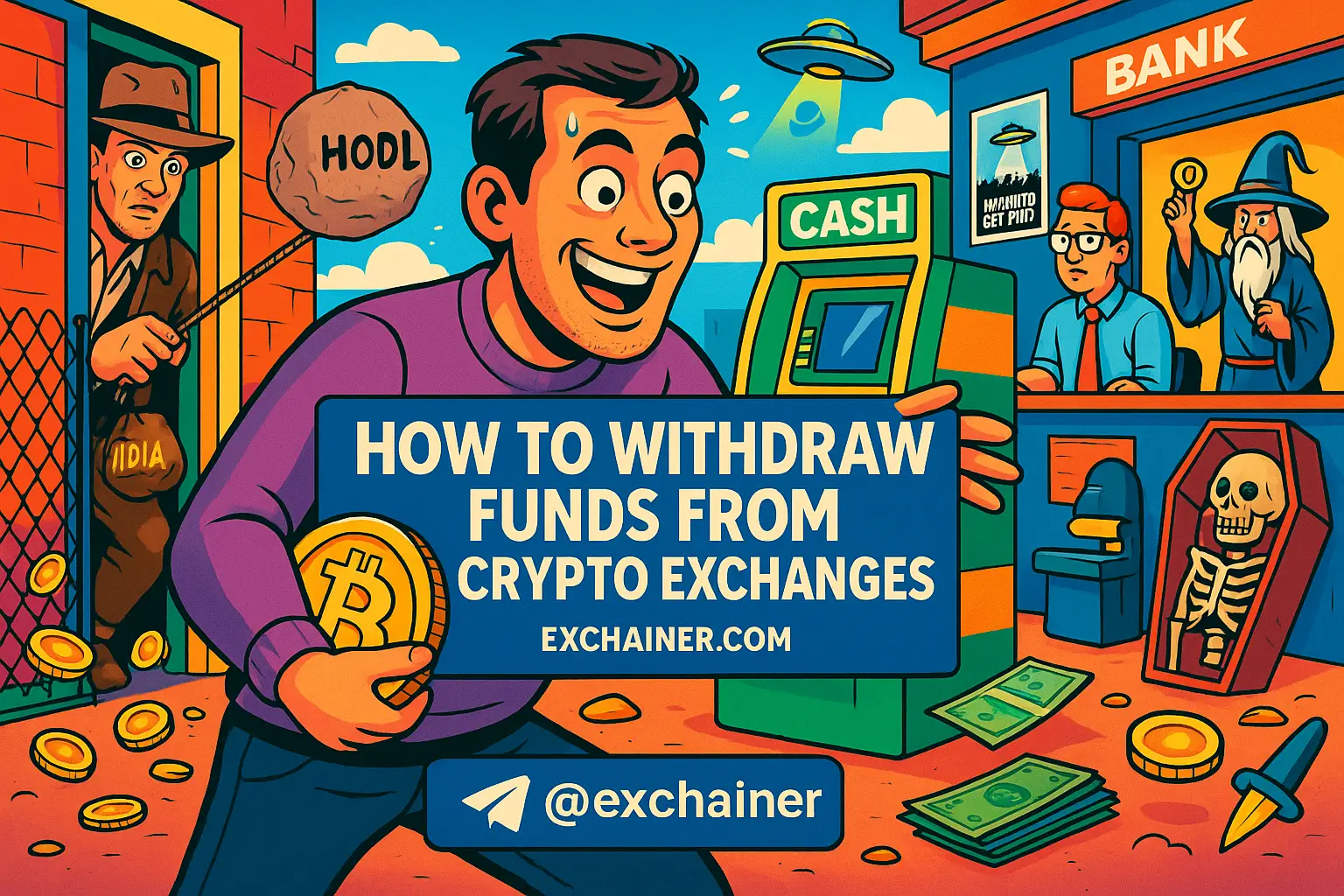Introduction
Friends, have you noticed how cryptocurrencies are not just about digital money anymore? The way decisions get made in the crypto world is evolving rapidly, with a big spotlight on on-chain decision-making. Enter decentralized governance tools — these are the systems and software that empower communities to steer blockchain projects collectively, without a boss calling all the shots. Understanding crypto decentralized governance tools is becoming crucial for anyone serious about the future of digital currencies and decentralized networks.
So what exactly are crypto decentralized governance tools? At their core, these tools enable protocol holders — often token owners — to propose, debate, vote on, and implement changes to the blockchain or decentralized application (dApp) rules. Unlike traditional governance models where a few centralized authorities dictate upgrades, the governance is spread out transparently across many participants, often worldwide. This spreads power and responsibility in unprecedented ways and brings a new layer of democracy to blockchain networks.
Why should you care? Well, governance impacts everything from how protocols manage upgrades, control treasuries filled with millions of dollars of crypto assets, defend against attacks or forks, and respond to regulatory pressures. The right tools can boost network resilience, fairness, and long-lasting community trust. On the flip side, weak governance makes a project vulnerable to malicious takeovers, spamming, or even collapse. In this article, we’ll break down DAO platforms powering these processes, explore on-chain voting mechanisms, governance token economics, governance tooling examples, and share practical tips, so you can get a clear picture and start engaging smartly with decentralized governance.
Let’s dive into the world of crypto decentralized governance tools — the key to what many call the future of digital community control.
DAO Platforms
What DAO platforms do — core features
Decentralized Autonomous Organizations, or DAOs, are the beating heart of decentralized governance. DAO governance platforms provide the digital infrastructure enabling communities to coordinate decisions democratically. Imagine a place where proposals are drafted, debated, and voted upon transparently, identities are managed securely, and permissions define who can do what — all automated by code.
Key features include managing the proposal lifecycle (submit, discuss, vote, execute), identity and reputation systems to verify members, modular structures allowing for customization, and permissioning controls so only authorized parties can trigger sensitive changes. The best DAO platforms streamline collaboration by integrating discussions, voting, and execution steps in a seamless workflow.
Popular platforms and strengths
Friends, you’ve probably heard of big names like Aragon, DAOstack, Colony, Moloch, and Snapshot. Each brings unique approaches to DAO governance platforms:
- Aragon: Known for its focus on modularity and on-chain execution, Aragon lets you create fully customizable DAOs with powerful permission models.
- DAOstack: Emphasizes scalability with “holographic consensus” and reputation-based voting, aiming to reduce voter fatigue.
- Colony: Centers on decentralized collaboration with emphasis on task management linked to governance, great for decentralized teams.
- Moloch: Simplicity and minimalism are its strengths, usually for grant-giving DAOs with fast proposal approvals.
- Snapshot: An off-chain voting platform that’s gas-free and user-friendly, ideal for quick signaling votes but without automatic on-chain execution.
Each platform balances aspects like composability, gas costs, user experience, and upgradeability differently. That’s why choosing the right DAO governance platform depends heavily on your project’s priorities.
How to choose a platform
When picking a DAO platform, consider:
- Composability: Can you integrate the platform with other tools and smart contracts?
- Gas costs: On-chain actions cost gas fees — Snapshot’s off-chain approach saves money but sacrifices automation.
- User experience (UX): Intuitive UI ensures more participation; complicated workflows can drive members away.
- Upgradeability: Does the platform allow future feature enhancements without breaking governance rules?
Balancing these tradeoffs early can save headaches later in your governance journey.
On-Chain Voting Mechanisms
Voting models explained
At the heart of decentralized governance tools are voting models deciding how community members express preferences. Let’s look at some popular on-chain voting mechanisms:
- Single-choice voting: One vote per participant, simple but limited nuance.
- Multi-choice voting: Voters select multiple options, offering broader expression.
- Quadratic voting: Votes cost quadratically more to cast multiple times, balancing influence and preventing whales from dominating.
- Conviction voting: Voting power accumulates based on how long tokens are staked behind a proposal, promoting commitment.
- Delegated voting (Liquid democracy): Token holders can delegate voting power to trusted representatives, blending direct and representative democracy.
Each model serves different governance goals — some prioritize simplicity, others fairness or engagement depth.
Technical building blocks
These voting systems operate through a set of smart contract components:
- Proposers: Entities that submit proposals for voting.
- Quorums and thresholds: Minimum participation rates and approval percentages needed to pass votes, ensuring legitimacy.
- Timelocks: Delay periods before execution, providing a safety window to respond to malicious proposals.
- Execution bridges: Connect voting results to protocol changes by triggering actions on-chain automatically or manually.
This architecture calls for robust coding and auditing to protect against bugs and exploits.
Benefits and limitations
The core benefits of on-chain voting mechanisms include:
- Full transparency — all votes and proposals are recorded publicly.
- Censorship resistance — no central party can block voting.
- Automated enforcement — passed proposals can auto-execute protocol changes.
However, challenges persist:
- High gas costs can deter voter turnout.
- Voter apathy often leads to low participation rates.
- Finality delays due to timelocks slow decision implementation.
Understanding these pros and cons helps tailor governance strategies effectively.
Governance Tokens & Tokenomics
Role of governance tokens
Governance tokens are the lifeblood of decentralized governance. Owning these tokens usually grants voting rights, letting holders participate directly in decisions like protocol upgrades, fee structure changes, or treasury spending. Besides voting, tokens serve other purposes:
- Signaling support or opposition on proposals before formal votes.
- Staking to demonstrate commitment or lock in voting power.
- Aligning incentives by tying token value to protocol success, encouraging active participation.
Think of governance tokens as both a ticket to the decision arena and a tool for aligning community goals.
Distribution and incentive design
How governance tokens are distributed strongly influences fairness and long-term vitality. Here are common strategies:
- Airdrops: Free tokens distributed to early users or loyal community members; in 2024, airdrops have distributed over $500 million in value, attracting new participants.
- Vesting schedules: Gradual release of tokens over time to avoid sudden dumps and encourage long-term commitment.
- Delegation: Enables smaller token holders to entrust voting power to representatives, increasing turnout.
- Bonding curves and ve-models (vote escrow): Mechanisms where token holders lock tokens for longer periods in exchange for greater voting power, rewarding long-term holders.
Good tokenomics balances broad distribution with incentives to prevent concentration of power.
Risks and mitigations
Decentralized governance isn’t without risks:
- Whale concentration: Large holders can dominate votes, undermining fairness.
- Sybil attacks: Fake identities aiming to sway votes unfairly.
- Vote buying and bribing markets: Malicious actors incentivizing votes through payments.
To mitigate these risks, protocols implement safeguards like time locks delaying executions, quorum rules requiring minimum voter turnouts, and identity verification techniques.
Governance Tooling Examples & Workflows
Typical governance toolchain
A standard decentralized governance workflow might look like this:
- Forums or discussion boards (e.g., Discourse) where ideas are first debated.
- Proposal creation tools that formalize ideas into actionable requests.
- Voting interfaces like Snapshot for off-chain signals or on-chain smart contracts for binding decisions.
- On-chain execution linked to smart contracts that carry out approved actions.
- Multisig treasury controls managing collective spending of the DAO funds securely.
This toolchain ensures transparency, collaboration, and security from discussion to execution.
Integrations and dashboards
Governance platforms often integrate with tools like:
- Gnosis Safe: For secure multisignature wallet management of funds.
- Tally: A governance dashboard providing analytics and vote tracking.
- Tenderly and OpenZeppelin Defender: Developer tools for monitoring, deploying, and securing smart contracts.
- Analytics dashboards help communities understand participation trends and voting outcomes for continuous improvements.
Short case studies
Let me share quick snapshots of how some leading protocols use governance tools:
- Uniswap: Leverages governance tokens to enable holders to propose fee changes and protocol upgrades, using a mix of off-chain discussion and on-chain voting.
- MakerDAO: Employs a sophisticated voting system with quorum and time locks to manage the multi-billion-dollar stablecoin protocol.
- Compound: Introduced governance tokens that empowered users to vote directly on interest rate adjustments and risk parameters, pioneering decentralized finance governance.
From these examples, it’s clear that tailoring tools and workflows to protocol needs is key to success.
Conclusion
Crypto decentralized governance tools are reshaping how blockchain projects grow and adapt. They transform communities from passive holders into active decision-makers, blending technology with democratic principles. We’ve unpacked the main components — DAO platforms powering decentralized decision-making, the variety of on-chain voting mechanisms, the crucial role and design of governance tokens, plus practical tooling examples and workflows that turn governance theory into action.
As you explore or build your own decentralized governance, remember these key takeaways: define clear governance goals, choose voting models fitting your community’s size and culture, design governance token economics with fairness in mind, and use robust tools to ensure transparency and security throughout. Testing proposals off-chain first, protecting treasury assets with multisig wallets, and continuously monitoring engagement are practical steps to keep governance healthy and effective.
Balancing decentralization, security, and usability is an ongoing journey — not a one-time setup. Engaging with governance tools lets you join the pioneering edge of blockchain evolution. For more learning, check out our guides on Crypto 101, see reviews of exchanges in Exchange Reviews, and explore handy software in our Tools and Wallets category.
Start your crypto governance journey today—because in a decentralized world, your voice really does count!
Internal links for further reading:
External reference example:
- CoinMarketCap’s guide on governance tokens: https://coinmarketcap.com/alexandria/glossary/governance-token
- Aragon project site: https://aragon.org


